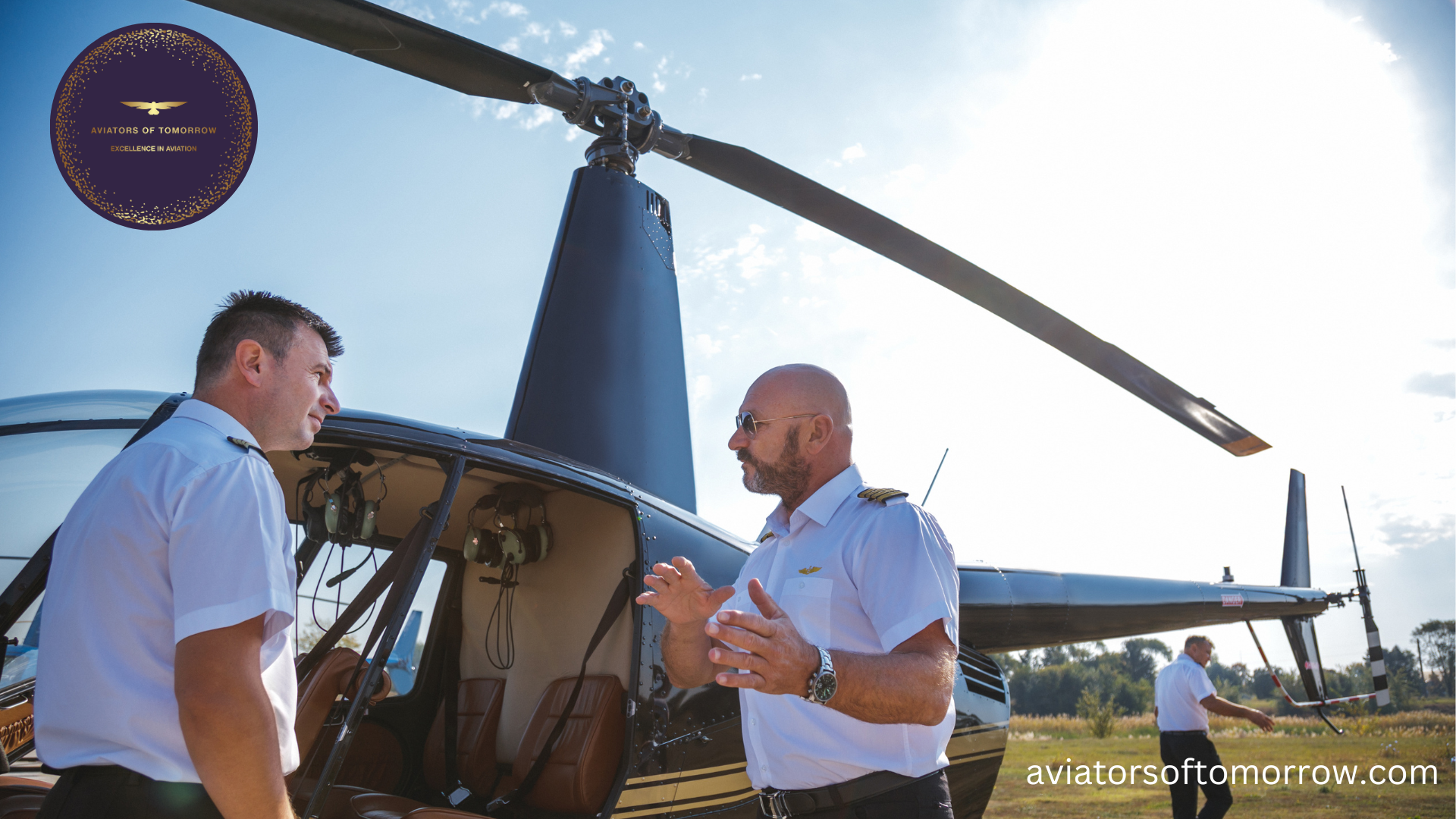Helicopter Pilot Training: Unique Challenges and Skills Required for Rotary-Wing Aircraft
Helicopter pilot training encompasses a unique set of challenges and requires specific skills due to the nature of rotary-wing aircraft. Unlike fixed-wing airplanes, helicopters have the ability to hover, land vertically, and fly in confined spaces, making them versatile machines for a wide range of missions. However, these capabilities also bring about distinct challenges that pilots must overcome through specialized training.
Table of Contents
ToggleIntroduction
Welcome to our blog post on helicopter pilot training, where we will delve into the unique challenges and skills required to excel in the world of rotary-wing aircraft. As a leading authority in aviation, we understand the importance of providing valuable information to aspiring helicopter pilots. Discover the fascinating world of helicopter flying and aviation.
Understanding the Basics of Helicopter Flight:
Before we dive into the details of helicopter pilot training, let’s begin by understanding the fundamental principles of rotary-wing flight. Unlike fixed-wing aircraft, helicopters possess the unique ability to hover, ascend, descend, and perform complex maneuvers such as lateral and vertical flight. These capabilities stem from the design of helicopters, with their main rotor providing lift and propulsion, while the tail rotor counteracts torque generated by the main rotor. Mastering the intricacies of controlling these two rotors simultaneously is a primary focus during helicopter pilot training.
Flight Training and Licensing:
Becoming a certified helicopter pilot requires rigorous training and the acquisition of specific licenses. The journey begins with obtaining a private pilot license (PPL), which involves classroom instruction and practical flight training. During this initial phase, aspiring pilots learn the fundamentals of flight, navigation, and aviation regulations. Once the PPL is secured, pilots can advance to more specialized training programs, such as the commercial pilot license (CPL) and the instrument rating (IR).
The CPL equips pilots with the necessary skills to operate helicopters for commercial purposes, including aerial tours, emergency medical services, or search and rescue missions. It encompasses advanced flight maneuvers, emergency procedures, and precision flying techniques. On the other hand, the IR focuses on flying without visual references, relying solely on instruments. This rating is indispensable for pilots aiming to fly in adverse weather conditions or at night.
Advanced Training: Skills for Specialized Roles
- Offshore Operations:
Helicopter pilots operating in offshore environments play a crucial role in supporting oil rigs, transporting personnel and equipment, and conducting search and rescue missions over vast bodies of water. Offshore pilots undergo specialized training to handle the unique challenges posed by maritime operations. This includes water survival training, night vision goggles (NVG) operations, and offshore emergency procedures. The ability to navigate through adverse weather conditions and perform precise landings on oil platforms is essential for success in this field.
- Helicopter Emergency Medical Services (HEMS):
Helicopter pilots involved in HEMS provide vital support in critical medical situations, transporting patients from remote or inaccessible locations to hospitals quickly and efficiently. These pilots undergo intensive training that includes medical knowledge, helicopter performance under various conditions, and collaboration with medical professionals. The ability to make quick decisions, fly in challenging environments, and communicate effectively with medical teams is paramount in this role.
- Law Enforcement and Search and Rescue:
Helicopter pilots serving in law enforcement and search and rescue operations require exceptional skills and situational awareness. They assist in locating missing persons, conducting aerial surveillance, and responding to emergencies. These pilots undergo specialized training in navigation, communication, tactical flying, and coordinating operations with ground personnel. Their ability to react swiftly, analyze situations accurately, and execute precise maneuvers is vital for successful missions.
Read About:- Flying High: How to Make Aviation Your Career
Conclusion
In conclusion, helicopter pilot training involves mastering the intricacies of rotary-wing flight and acquiring the necessary licenses to operate helicopters safely and effectively. The journey from a private pilot license to advanced ratings and specialized training opens doors to a wide range of career opportunities, including offshore operations, helicopter emergency medical services, and law enforcement/search.
Each of these fields demands unique skills and expertise, making helicopter pilot training a challenging yet rewarding endeavor.
FAQs
Fixed-wing aircraft, such as airplanes, have wings that generate lift and rely on forward motion for flight. Rotary-wing aircraft, like helicopters, have rotating wings (rotors) that provide both lift and propulsion, allowing them to hover and perform vertical flight.
To become a helicopter pilot, you need to obtain a private pilot license (PPL) followed by a commercial pilot license (CPL). Additionally, you may pursue advanced ratings and specialized training, such as the instrument rating (IR) and specific certifications for roles like offshore operations or helicopter emergency medical services.
Helicopter pilots require a combination of technical skills, situational awareness, and decision-making abilities. Key skills include precise control of the aircraft, understanding aerodynamics, navigation, communication, emergency procedures, and the ability to assess and adapt to different flying conditions.
The duration of helicopter pilot training can vary depending on the training program, individual aptitude, and the availability of flight hours. Training and licenses take months to a year or more to complete.
Helicopter flight presents unique challenges due to the complex nature of rotary-wing aircraft. These challenges include mastering the dual controls of the main rotor and tail rotor, managing torque and anti-torque controls, hover control, vertical takeoffs and landings, and performing autorotations in the event of an engine failure.
Author







